Finally unveil your true identity - Tanzanite!
People's love for tanzanite may be due to its long sapphire or the uniqueness of the place of origin.
First, the true identity of tanzanite
Tanzanite is a silicate mineral in mineralogy. It is a silicate mineral. The gem-quality tanzanite was discovered in Tanzania in the 1960s. It contains vanadium (V) and it has a blue color like sapphire. Therefore, tanzanite is also known as the national stone of the country, often referred to as "tanzan blue" in the industry. In many places in our country, tanzanite is called “tanzan sapphire†or “sapphire mining in Tanzaniaâ€, which is not appropriate.

First, tanzanite and sapphire are completely different colored stones;
Second, although the length of the two is similar, but because people are familiar with sapphire, Tanzanite mistakenly believe that the sapphire produced in Tanzania is a bit ill-treated.
Similarly, synthetic cubic zirconia (USSR drill, rhinestone, CZ) is commonly referred to as “zircon†in China. It is no wonder that true natural zircon is difficult to find in China. Even if the gems sell real natural zircon, I am afraid customers Will be considered a synthetic gem material, rather than buying. Therefore, as people's pursuit of gemstone rarity and interest in colored gemstones continue to heat up, the correct treatment of tanzanite, indicating its true identity is particularly important for the marketing of tanzanite.
Second, the unique charm of tanzanite
The unique beauty of tanzanite is unmatched by other gemstones. Its deep blue is what most people yearn for. Many European and American film stars also have a special liking for tanzanite, such as Titanic. The Sea Star in the movie is cut from tanzanite, and its color is impressive and impressive . Or because the tanzanite has a special strong pleochroism, it often allows people to observe blue, purple or purple red on the same tanzanite from different directions and angles, which adds to the beauty of tanzanite. The mysterious color seems to tell people that Tanzanian stone is from the ancient and mysterious Tanzania, which makes it difficult to read and understand.
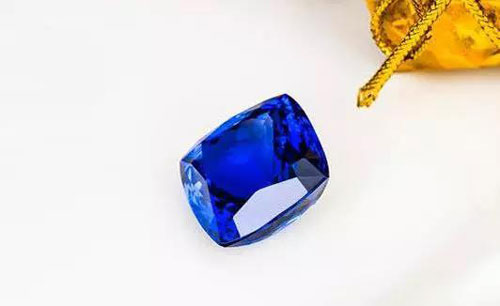
At present, the higher quality tanzanite on the market is a deep blue, jewelers often call it A-class tanzanite, the price per carat in China is about 500-600 US dollars, if it is 40-60 carats of Tanzan Stone faceted gemstones, the price will be higher, so it is very tempting and collectible value, often makes people look fascinated.
Tanzanite is superior to other colored gemstones in addition to fascinating colors and special pleochroism. It is capable of maintaining high clarity and transparency under the premise of large carats, often more than ten carats of tanzanite. There are few obvious ripples or inclusions inside, and they are very transparent. This is beyond the reach of tourmalines, grape stones, and even rubies and sapphires.
Therefore, when you see a huge tanzanite in a jewelry store and you can't see the obvious inclusion inside, don't doubt your eyes. He is tanzanite, which is the unique charm of tanzanite.
Third, the cutting of tanzanite
Because tanzanite has a complete set of cleavage, it should be treated like a topaz when it is polished. If it is inadvertently, it will leave a parallel crack in the original high-grade tanzanite. In addition, due to the nature of pleochroism, it is necessary to follow its specific direction to be able to present the best color of tanzanite to the customer. Therefore, only the skilled gemstone cutters can fully present the special beauty of tanzanite under the difficulties.
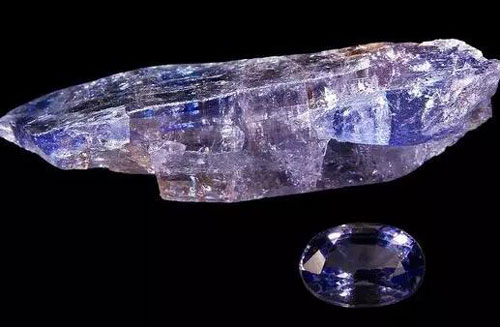
Most of the tanzanites on the market are cut into pillow type, drop shape, oval heart shape and round diamond type. The rich shape can display its unique color, and it also provides designers with numerous design inspirations and solutions. Greater creative space.
And some people pay too much attention to fire when buying tanzanite, ignoring his color, it seems that some are not worth the candle. As we all know, diamonds can show a strong fire after careful polishing. Because the fire color and the dispersion rate of the stone are related, the diamond has a dispersion rate of 0.044, which belongs to the gemstone with higher dispersion rate, and the fire of tanzanite. Usually at 0.020, it is a gemstone with a medium dispersion rate.
Therefore, there is no need to over-emphasize and pursue the fire effect after tanzanite cutting, and pay attention to its color to capture the focus of tanzanite. After all, tanzanite is a colored gemstone, and the attractive color of a gemstone must be its unique color charm.
Fourth, how to choose tanzanite
When people choose tanzanite, they first choose the blue-violet that they like according to their personal preferences. The price range will vary with the depth and saturation of the color. The netness is better than the tanzanite per carat. In the range of one hundred to several hundred dollars.
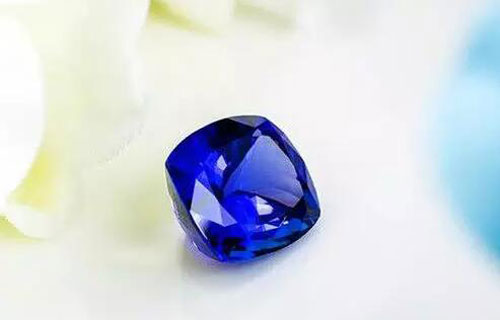
Secondly, choose your favorite type, because Tanzanite can design and polish a variety of flaws, the selectivity is very large.
Third, if you choose a lighter tanzanite, although the price is right and the color is pleasant, the gemstone cutter often cuts the light tanzanite thicker, increasing the saturation and concentration of the color, thereby increasing A certain weight; if the color of tanzanite is too deep, the cutter will cut thin to reduce the color concentration.
Therefore, it is necessary to make comprehensive considerations in terms of color, shape, size, and clarity to find tanzanite that suits your taste. Tanzanite, as a rare and special colored gemstone, has a place in the international colored gemstone market. In addition to its unique color characteristics and imaginative space, tanzanite can be varied in design, processing and mosaic. It stands out from the many colored gems and must have its own reason and particularity.
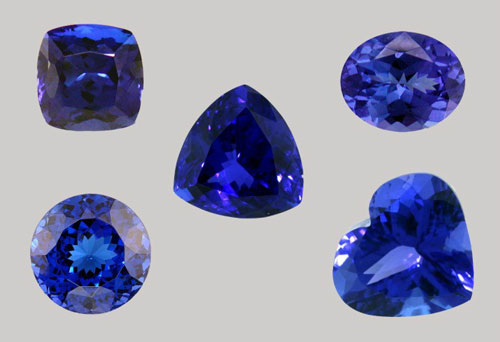
If you can taste the particularity of tanzanite, whether in the field of gemstone commerce or jewelry design, I believe that tanzanite will be able to play an important role in the future prosperity of the Chinese colored gemstone market, which requires jewelers, designers, The appraisers work together to protect Tanzanite, mark its true identity, and contribute to the market for its success!
Aramid flame retardant fiber (scientific name: interposition aromatic polyamide, known as aramid 1414 fiber in China) is a permanent flame retardant fiber, which has the advantages of heat resistance, high strength, high abrasion resistance, good softness, low shrinkage, stable chemical structure, no melting drop in combustion, and no poisonous gas generation.
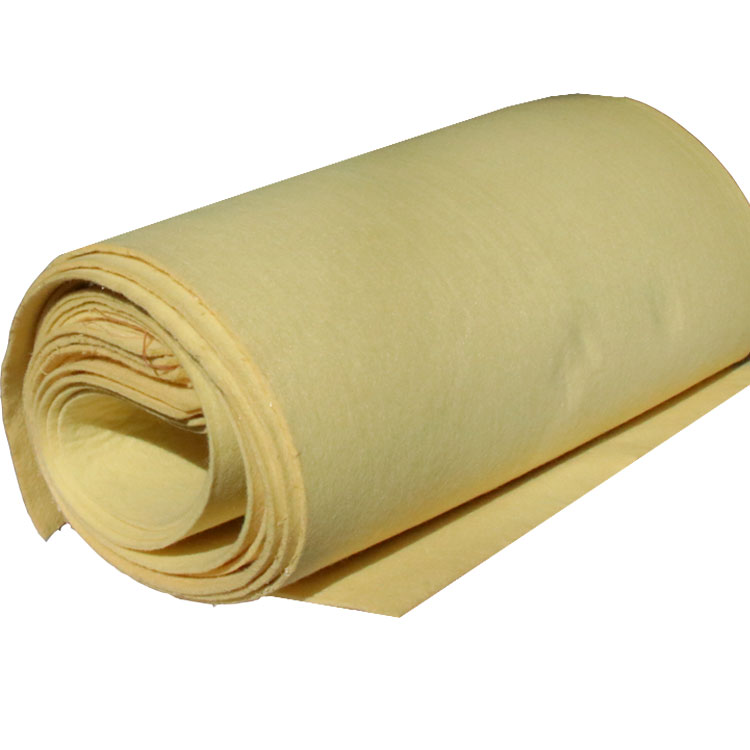
Flame Retardant Fabric,Non-Flammable Felt Fabric,Fireproof Cotton Blanket,Heat Resistant Nonwoven
Wuxi WenqiIndustry and Trade CO.,LTD. , https://www.wenqiIndustry.com